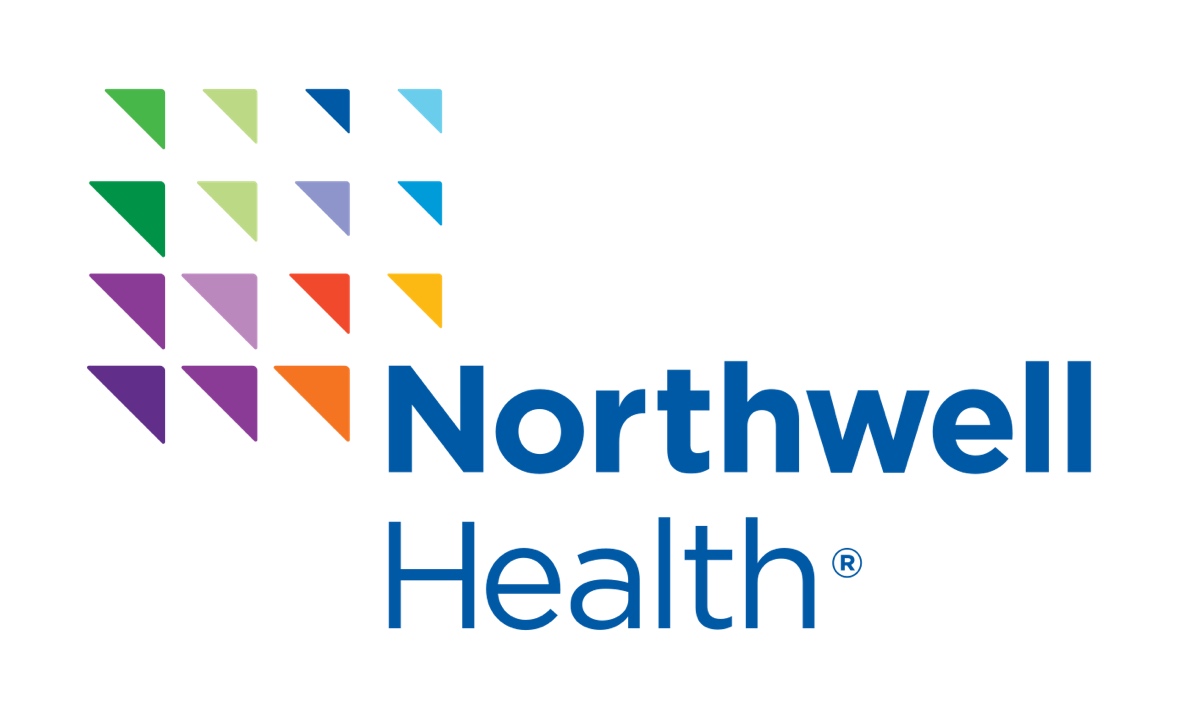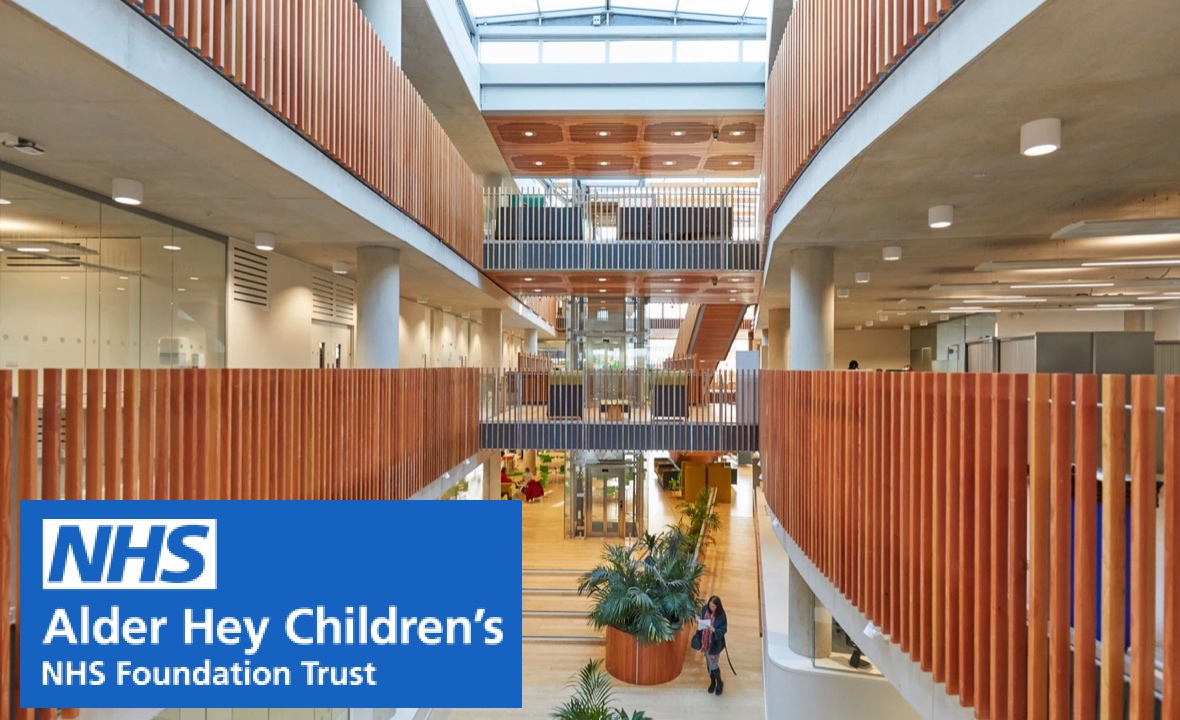A2
Benchmark Site
Consultations.
Benchmark Site Interviews
The purpose of the benchmark site interviews was to identify and learn from established innovation practices at a varied range of organisations in different geographical regions. Although local context is vitally important when looking at innovation practices, important information can be gleaned from the experiences, attitudes and achievements of other centres in different environments. We identified three sites for this process based on knowledge of the international healthcare innovation environment, with a focus on paediatrics. We carried out video conference interviews with the sites based on a proforma. Further informal engagement was held with the innovation team in Alder Hey and a site visit was previously undertaken to Copenhagen for the purposes of learning and collaboration around innovation. A summary of the outputs from the interviews based on the benchmark site proforma is written up below. The three benchmark sites we interviewed were:
Benchmark Sites and Interview Participants:

BørneRiget, the New Copenhagen Children’s Hospital, Denmark
(Recently renamed Mary Elizabeth Hospital)
- Dr. Thomas Frandsen, Chief Medical Project Officer

Northwell Health, New York, U.S.A.
- Dr. Kirk Manogue, Vice President, Technology Transfer, The Feinstein Institutes for Medical Research

Alder Hey Children’s Hospital, Liverpool, United Kingdom
- Prof. Iain Hennessey, Director of Innovation
Some of the key themes that emerged from the benchmark interviews that have informed this strategy include:
- The support and input of the board and executive of the organisation is vital if innovation is to thrive and become part of the culture of the organisation
- Developing expertise in both process innovation in clinical settings and product innovation is vital. Integrating these aspects of practice promises significant opportunity.
- Having a broader organisational approach to user experience (child and family) is likely to significantly inform innovation practice.
- Having access to people or knowledge about design and design practices is very important
- Securing a broad base of funding sources for innovation staff and activity is important. Secure funding (such as state or hospital funding) is key to being able to leverage external funding.
- Considerable opportunity exists for industry funding of collaborative innovation initiatives.
- A strong relationship with partner foundations is essential in building an innovation culture and successfully funding and executing projects centred on child and family experience
- Different models of support for innovation practice exist, either distributed or centralised and these are generally influenced by the funding model.
- Carrying out innovation activities related to developing new ideas and training in innovation practices could be a source of income and expansion.
- Upskilling people for innovation through training workshops, developing an innovation champion program and mentoring are also very valuable.
- Developing good communications skills especially in areas such as social media is very important for engaging with staff and families.
Semi-structured interview format:

Section 1
Context for this interview
As part of its commitment to innovation, CHI are in the process of developing a three-year Innovation Strategy. We appreciate you taking the time to meet and share your experience and learning with us.
Children’s Health Ireland consists of the three Dublin children’s hospitals who are coming together as one organisation in advance of the move to a new state-of-the art facility in central Dublin. As part of the transition, CHI have also recently opened two new satellite centres providing outpatient and urgent care.

Section 2
Innovation Approach
- Could you give us an overview of your organisational approach to Innovation – what areas are you focusing on and why?
- What structures have you put in place to support your innovation approach?
- What other supports have you in place e.g. training, coaching, mentoring?
- Have you done anything from an organisational perspective to develop a culture and mind-set for innovation?
- What would you consider to be your key innovation partnerships and how have they supported you?
- How is your approach to innovation funded e.g. included as part of your organisational budget, run as a business unit (profit/loss) or sponsored/grant-funded?

Section 3
Learning & Advice
- In your experience, how has/will innovation influence or impact the delivery of care/ services in your organisation?
- What was your greatest learning in getting your innovation strategy off the ground?
- What advice would you give to us, considering our context?
Close off and thank you.
Outputs from interviews:
1. BørneRiget, the New Copenhagen Children’s Hospital, Denmark
(By video call February 2022)
Dr. Thomas Frandsen, Chief Medical Project Officer
Dr. Frandsen explained that a lot of their approach was around process improvement with staff and that they anchored a lot of their efforts on the user experience. They employed a number of designers in a team of 8 people and were using this approach to develop solutions to systems problems with staff, families and children. This is the main thrust of their focus.
Alongside this they have a Chief Innovation Officer who is focused on the areas of innovation leading to enterprise and its relationship to intellectual ownership and licensing.
The Hospital will be a new build and is being developed from Children’s services at the Rigshospitalet in Copenhagen. Dr. Frandsen explained their approach to mentoring and training. The design team build user experience projects and engage staff in working through the processes with them. They also run a training program to get staff up to speed in their methods in what they call the Forerunners program. Staff are also encouraged to take on innovation projects with a strong focus on the user experience.
2. Northwell Health, New York, U.S.A.
(By video call February 2022)
Dr. Kirk Manogue, Vice President, Technology Transfer, The Feinstein Institutes for Medical Research
Dr. Minogue explained that he was responsible for innovation across the Northwell Health group which is now one of the biggest healthcare groups in North America with 23 hospitals. Their approach to innovation was described as being very traditional. Ideas from device technology and biotechnology would normally come from research work. Dr. Manogue’s office supports staff coming forward with these ideas and helps to provide technology transfer support including dealing with issues related to intellectual property and funding. The office is mostly resourced from clinical studies being carried out across Northwell Health’s hospitals. Typically, these are pharmaceutical drug trails and a percentage of this income helps fund the technology transfer office. He feels they are there to support researchers to develop commercial technologies from their research. They do not provide active training or mentoring in innovation techniques or practices.
3. Alder Hey Children’s Hospital, Liverpool, United Kingdom
(By video call February 2022)
Prof. Iain Hennessey, Director of Innovation
Alder Hey hospital, which opened in 2015 bears a lot of similarities to CHI and, as it is located in Liverpool, it is the closest Children’s hospital to CHI. The innovation department was well funded from the beginning with a large UK NHS grant. Since then the Department has expanded and has nearly 20 people. The hospital has developed niche skills in providing innovation skills and facilities for other healthcare organisations and companies. Their staff are introduced to innovation practice and techniques at induction. They are generating some intellectual property but right now they don’t see this as a large part of their work.

